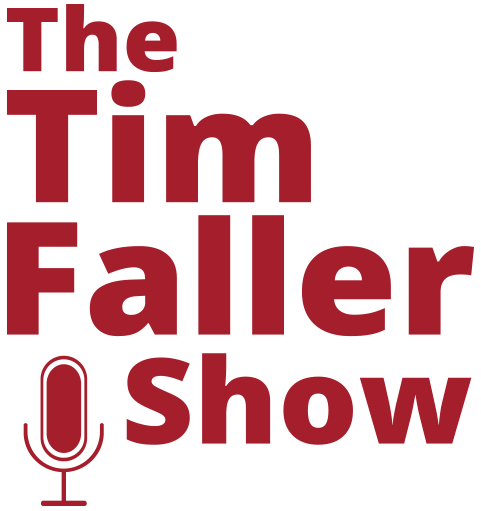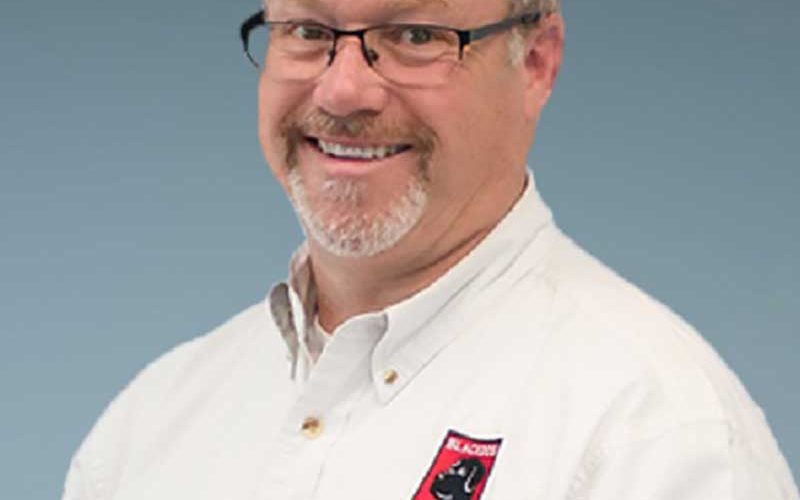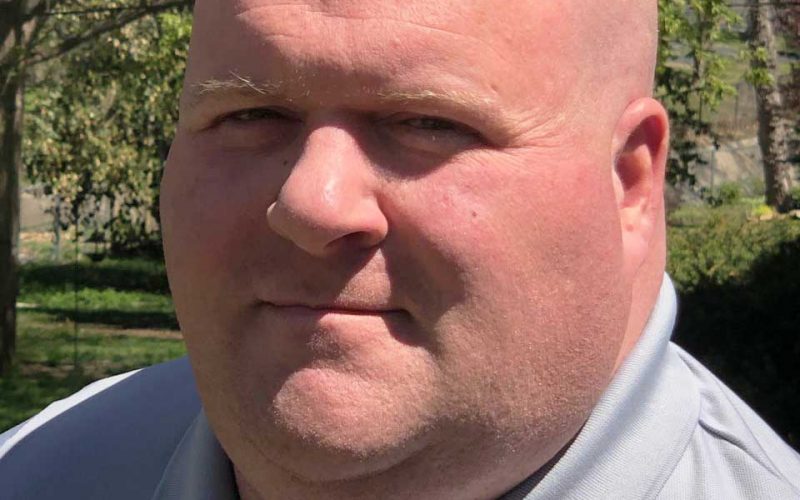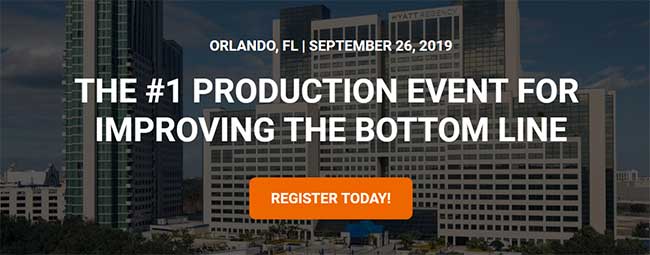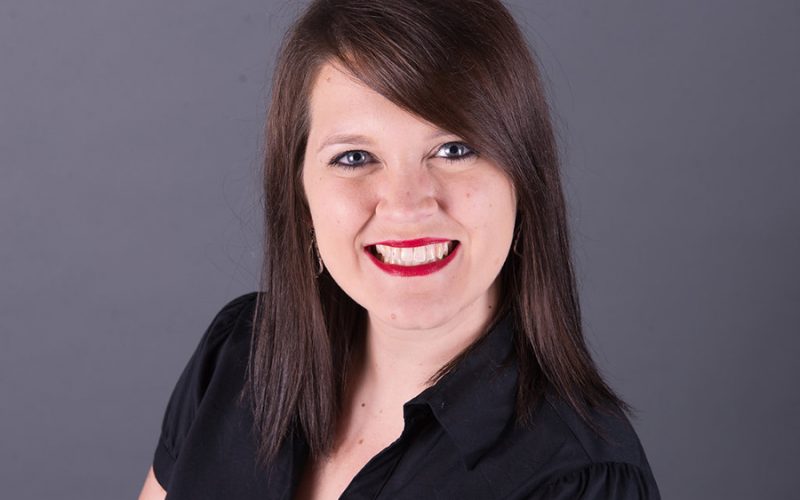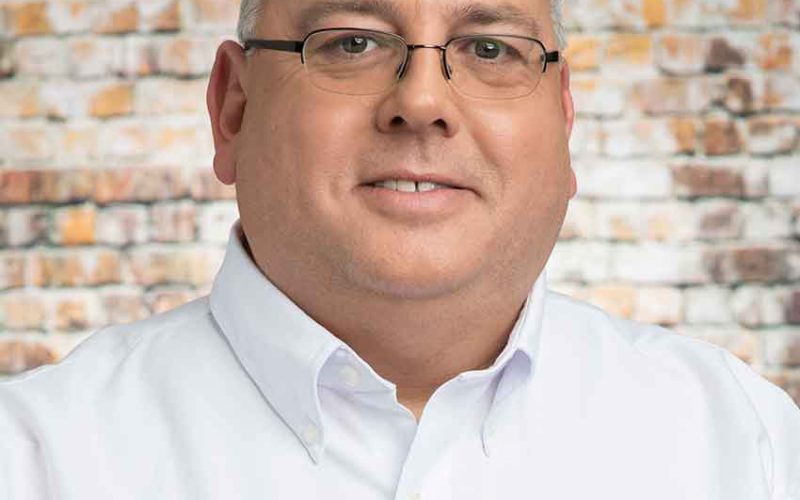Ep.61: A Half Century in Construction with David Gerstel
There have been a lot of changes in the remodeling industry — technological advances, new products and materials, building requirements, the labor shortage. But some things remain the same — you’re still pouring foundations, shingling roofs, driving nails, and working with clients.
In this episode, David Gerstel talks about the changes he’s seen over the last 50 years in construction and remodeling with Tim and Steve. He talks about what he’s learned and how to prepare for the future.
David Gerstel of Kensington, CA, has been a builder for more than 40 years, and is the author of several respected books on construction company management, including the recently published Nail Your Numbers: A Path to Skilled Construction Estimating and Bidding. His construction operation emphasizes respect for, and profit sharing with, employees, bullet-proof construction, efficiency in the field and the office, and rigorous control of overhead. David moved beyond bidding for free a few years after becoming a general contractor, and initiated a nationwide movement away from competitive bidding and toward working in collaboration with clients and designers through the use of what is variously known as cost-planning services, pre-construction consulting, and other terms. David continues to build and write for the sheer joy and satisfaction of it.
After leaving college, David wanted to work with his hands. He pursued carpentry, and loved working for himself. He has pioneered many of the business practices that have become standard in the industry. He talks about the changes he’s seen, and what has remained the same, including:
- Building a company that can handle a downturn
- Keeping overhead low and where to invest profits
- How he got away from free estimates
- The organic evolution of business and businesses
- The developer model vs. the traditional model
- The joyful way to build
- The best changes he’s seen
- Why the cost-planning model encourages collaboration
- How construction is a predictable, beautiful story that unfolds
- And more …
Including why he loves and hates nail guns, what tasks you should use them for, and why.
